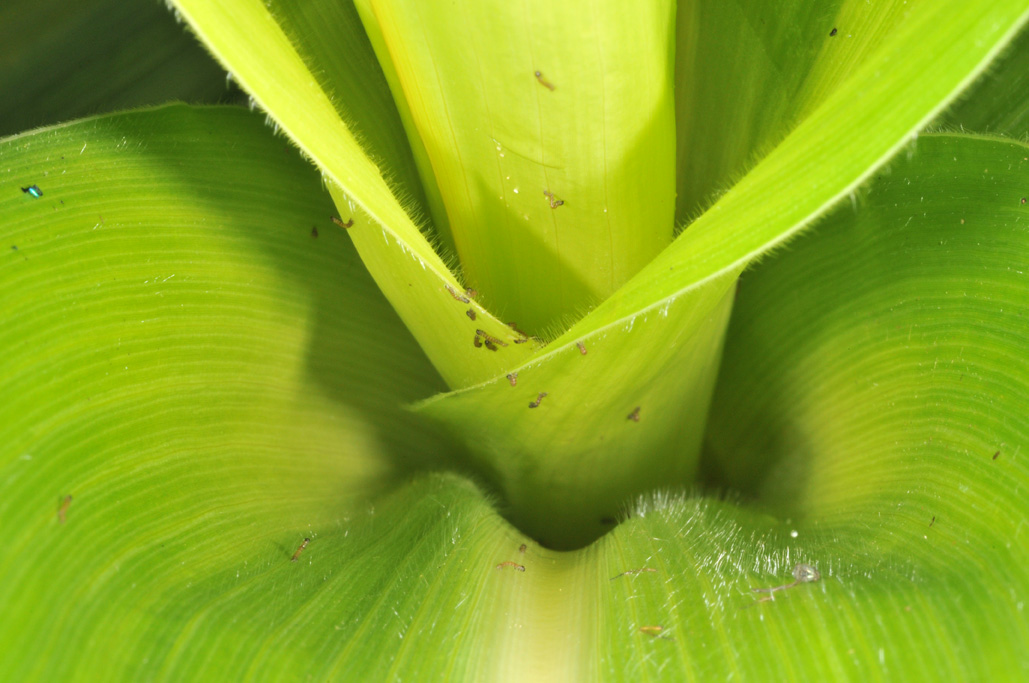
The western bean cutworm (WBC) trapping season continues, and after a slow start, moth flights have surged in many northern Indiana county traps this past week.


The western bean cutworm (WBC) trapping season continues, and after a slow start, moth flights have surged in many northern Indiana county traps this past week.
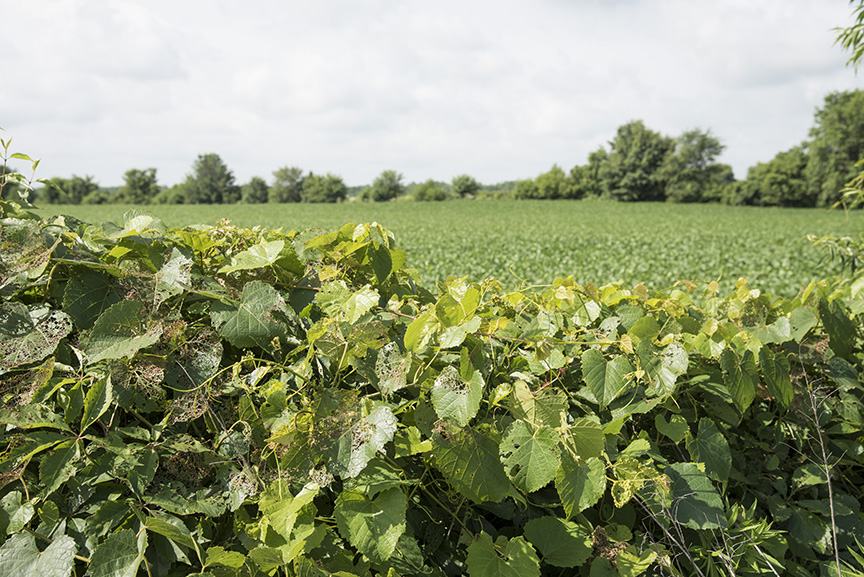
Japanese beetle are emerging and can be seen throughout the state on corn and soybean plants.
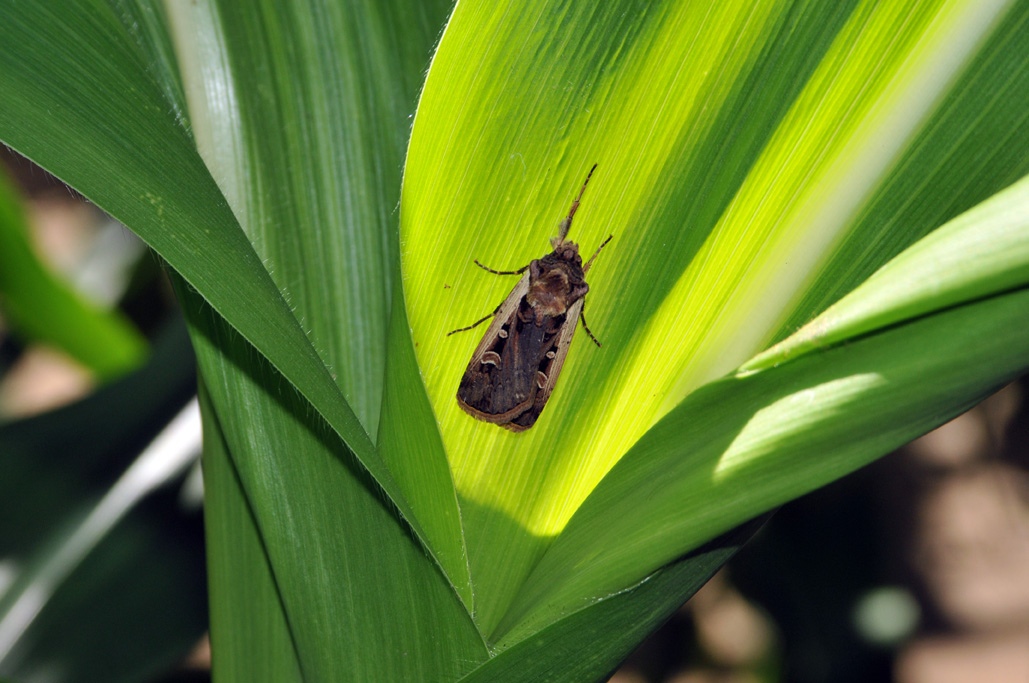
Pheromone trapping began for western bean cutworm moths this week. Within just one day several cooperators were reporting catches. This is just the beginning of an extended moth emergence and flight, with their peak activity expected 2-3 weeks from now.
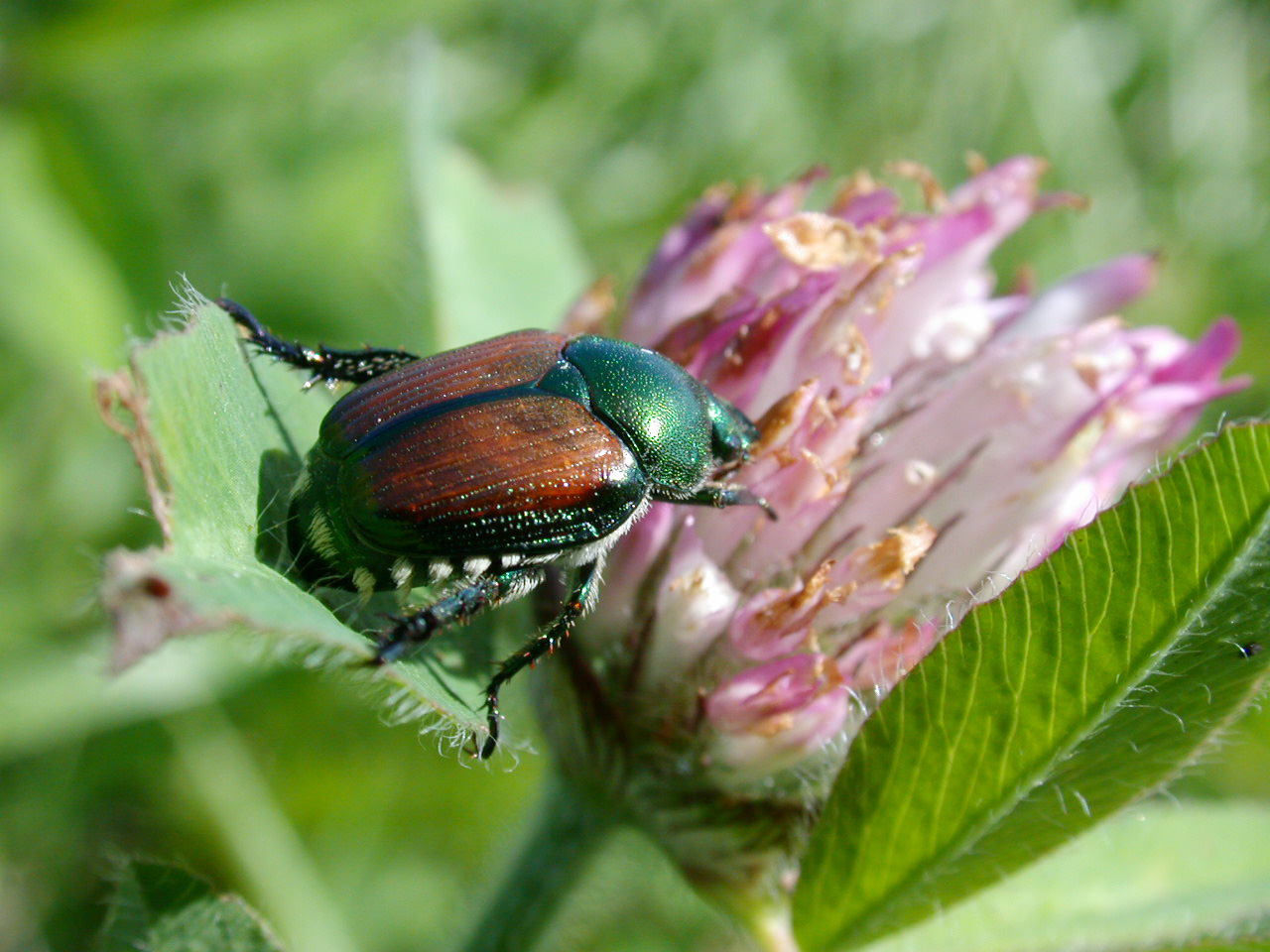
Locally, we found Japanese beetle adults on Monday, June 11, in field crops and flying around campus. This is certainly earlier than normal, as we typically think of them emerging more toward the end of June.
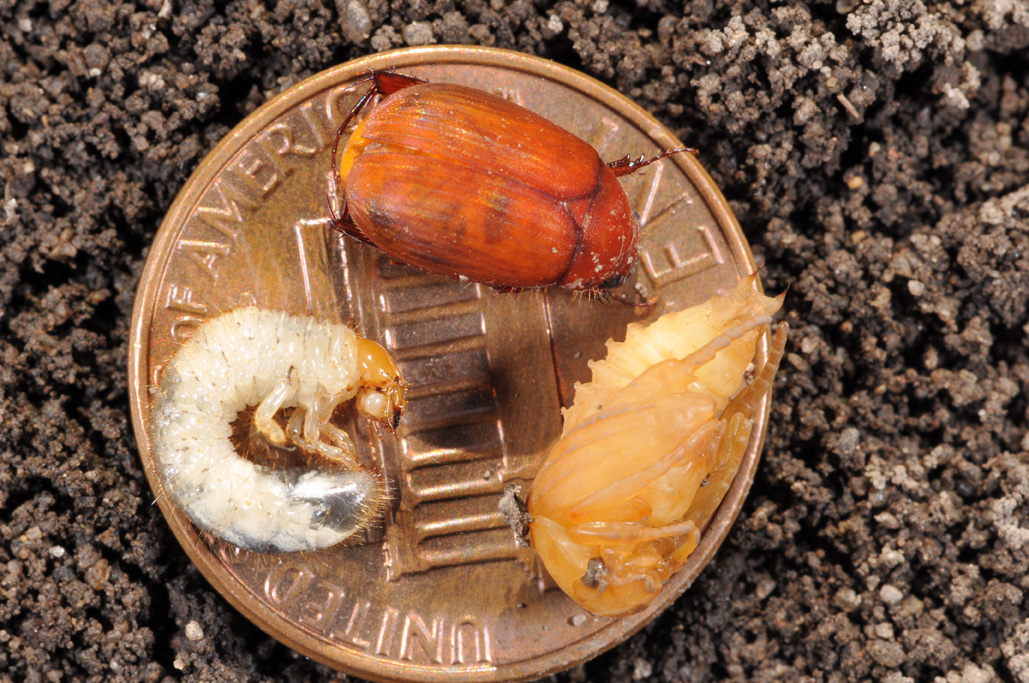
Grubs of the Asiatic garden beetle have been recently found damaging corn seedlings in northern Indiana counties.
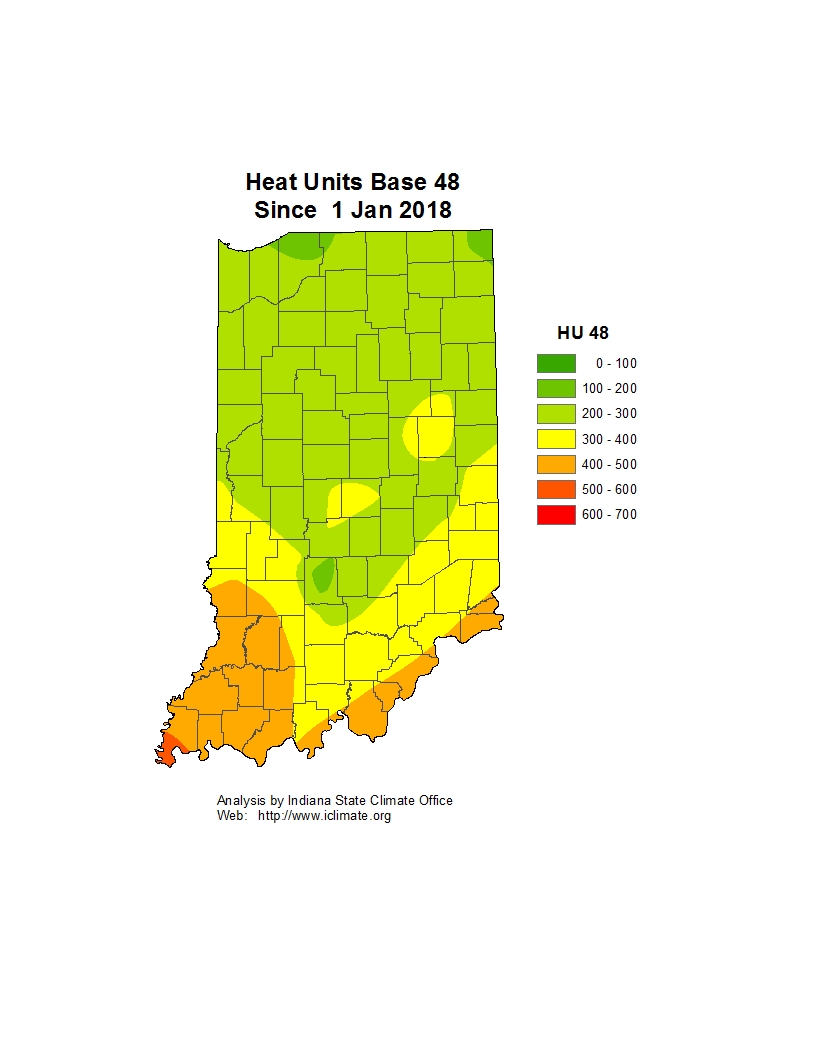
Pest managers should now be scouting their alfalfa for leaf feeding from weevil larvae. This pest is often overlooked during the early spring planting season.
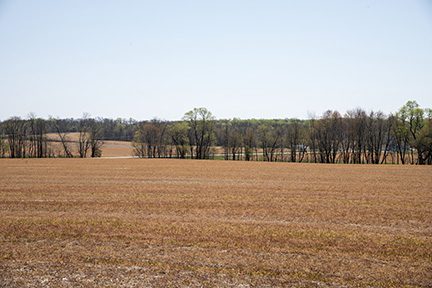
Over the past few weeks armyworm moths have been captured in abundance in some of the traps placed at Purdue Ag Research Centers (see accompanying “Armyworm Pheromone Trap Report”).
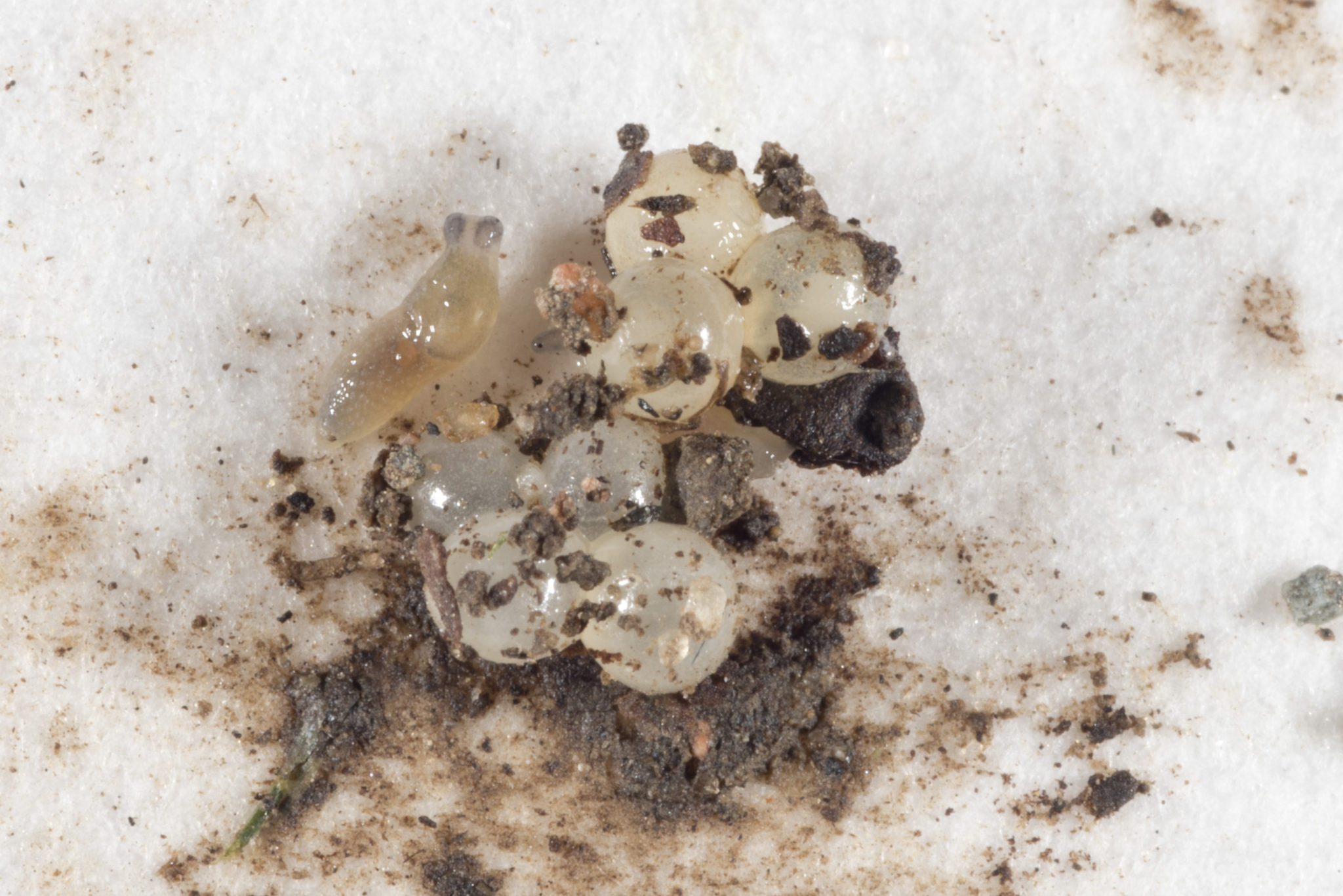
Increasingly, slugs are becoming a topic of discussion with field crop producers. Not from the slugs’ disagreeable nature, but because damage to crops is becoming more apparent.
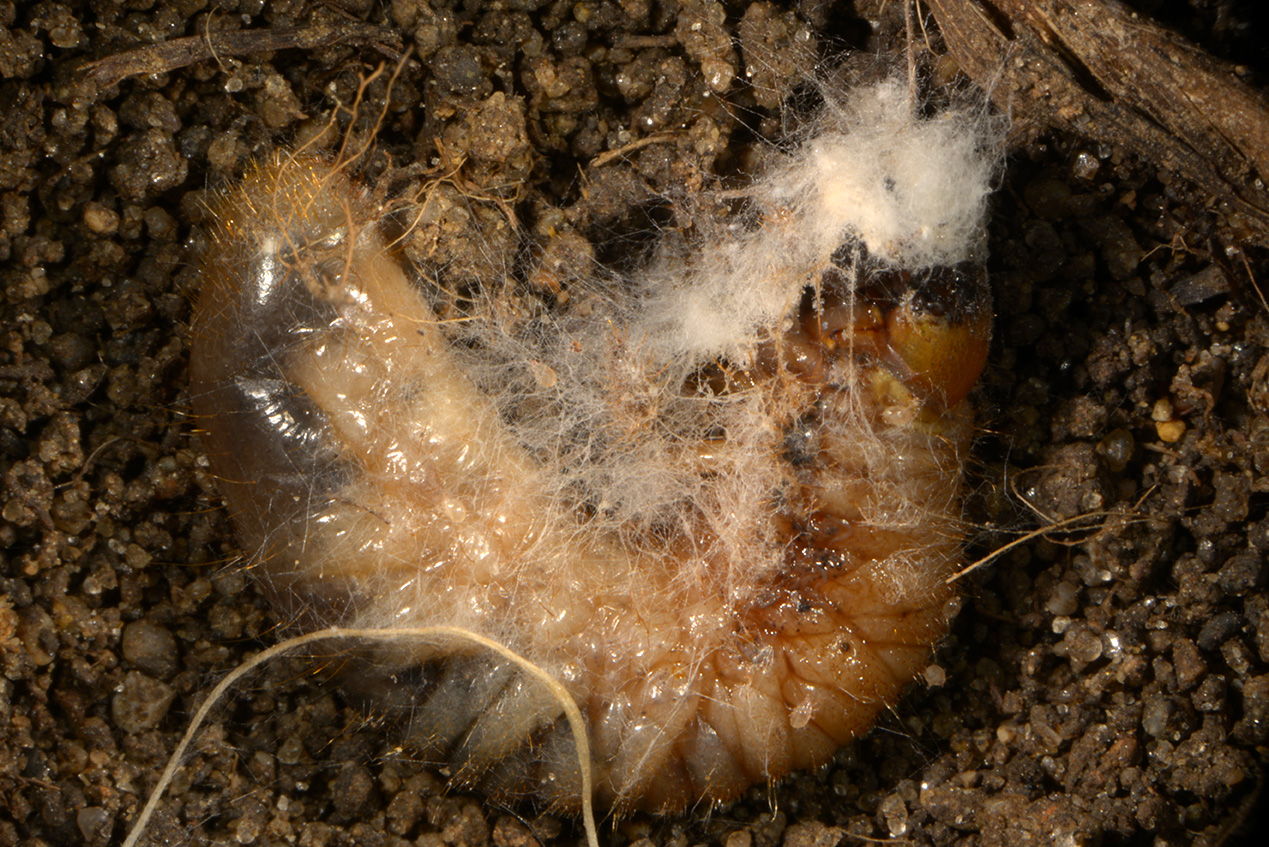
After the very cold conditions of early January, a very common question received (and this is the case every year after a cold spell) was: “will the cold kill the insects?” And more recently, our attention has turned to the saturated soil conditions, “will that drown the insects?”
© 2024 Purdue University | An equal access/equal opportunity university | Copyright Complaints | Maintained by Pest&Crop newsletter
If you have trouble accessing this page because of a disability, please contact Pest&Crop newsletter at luck@purdue.edu.